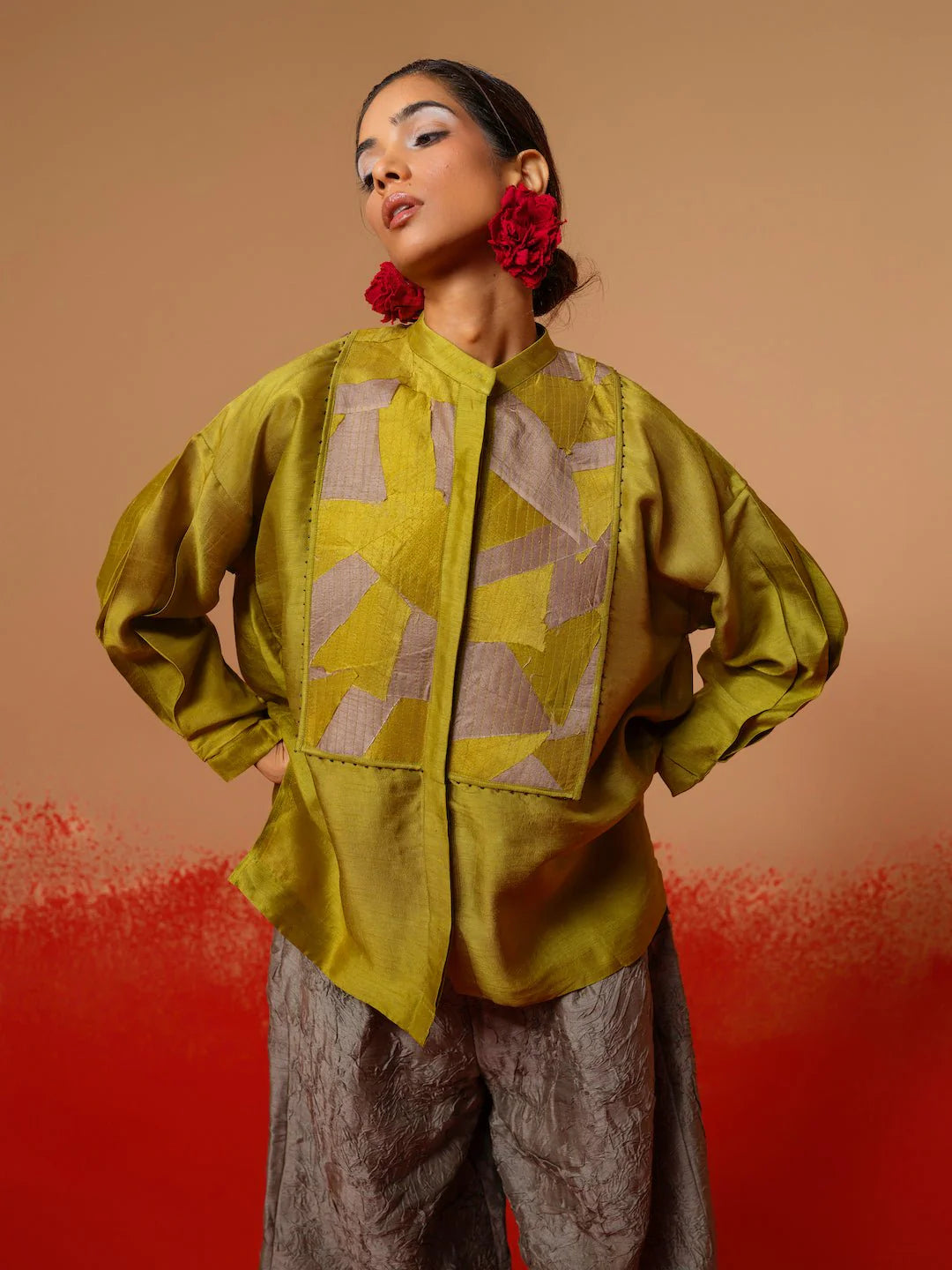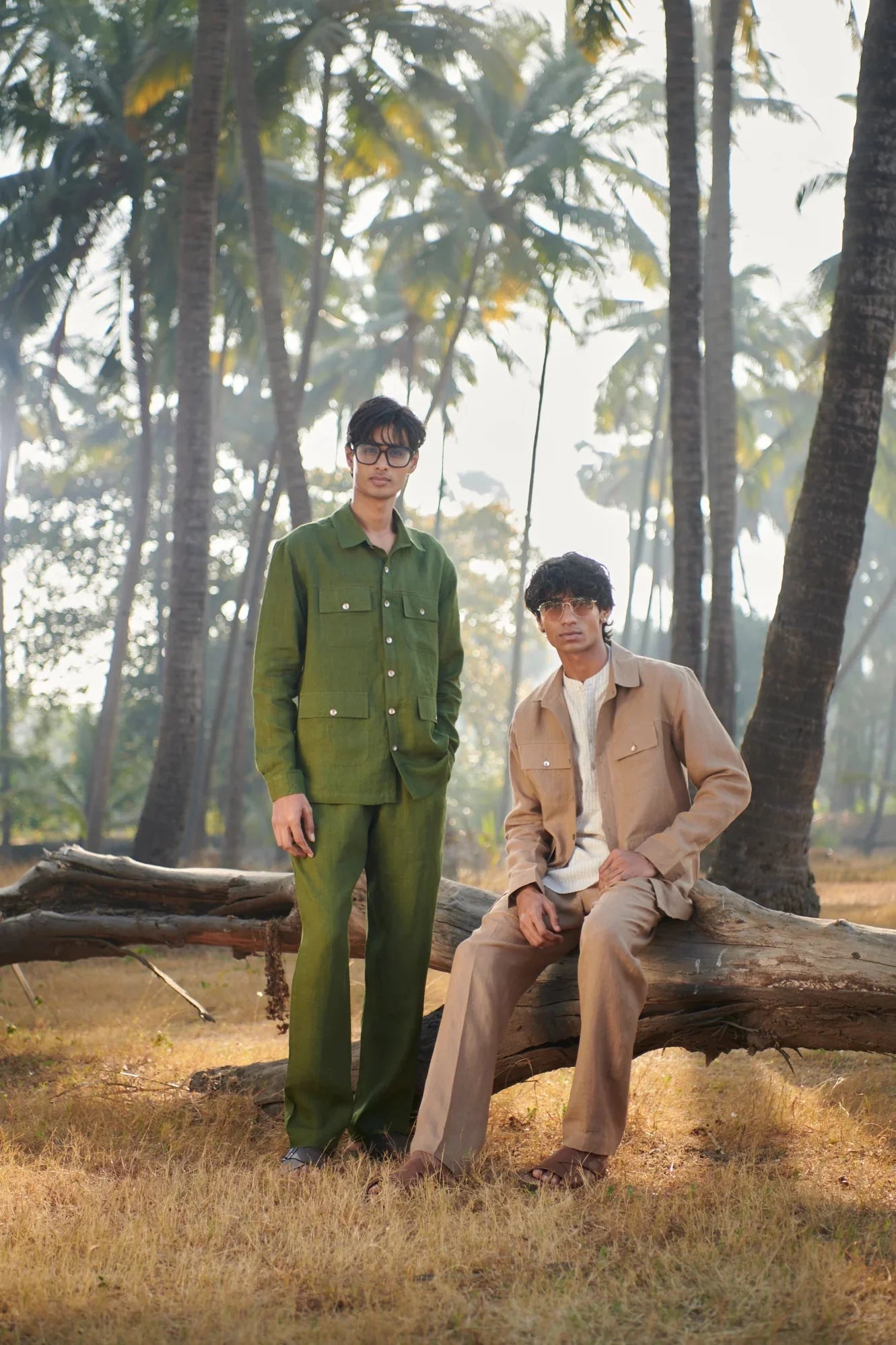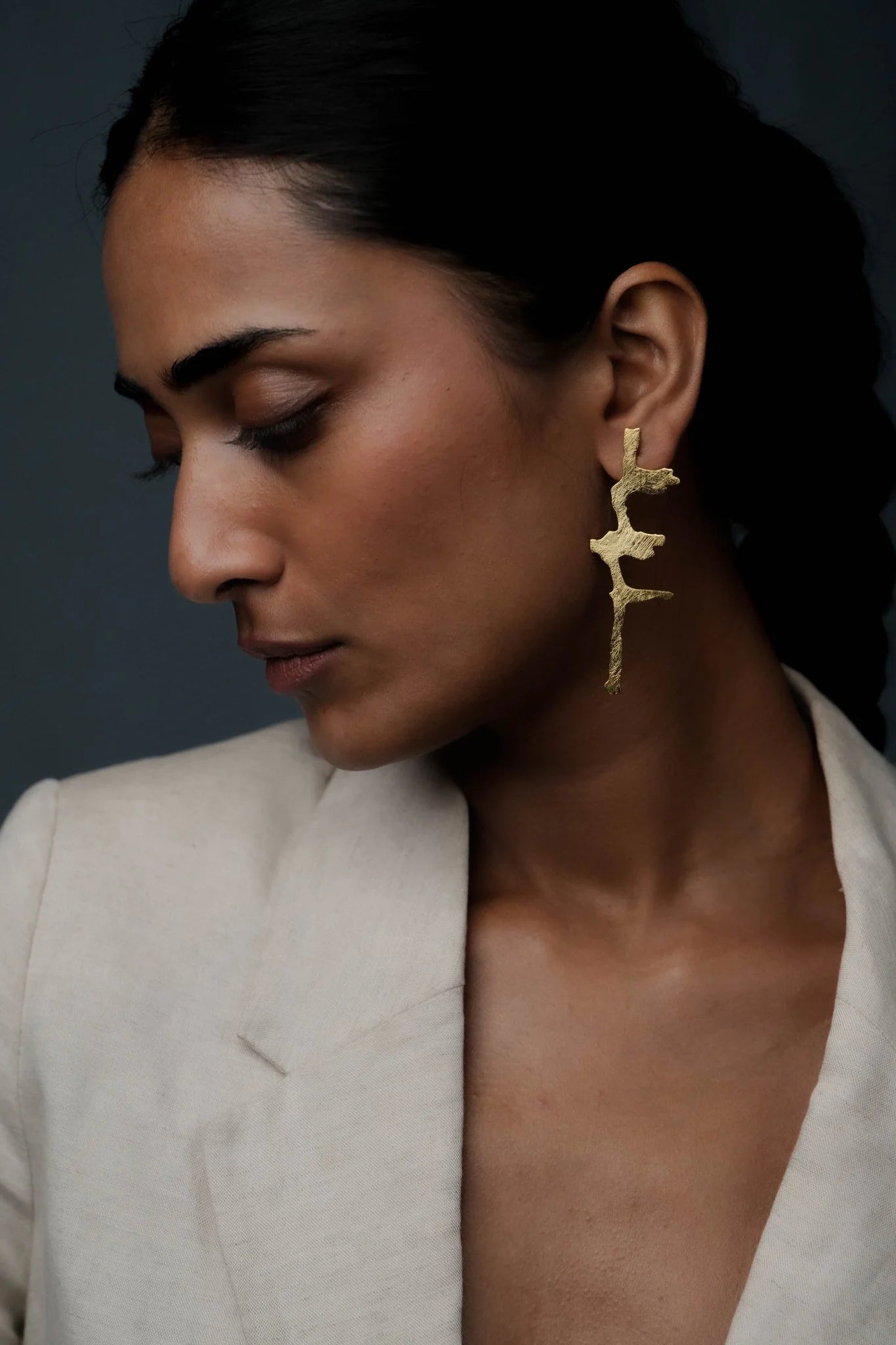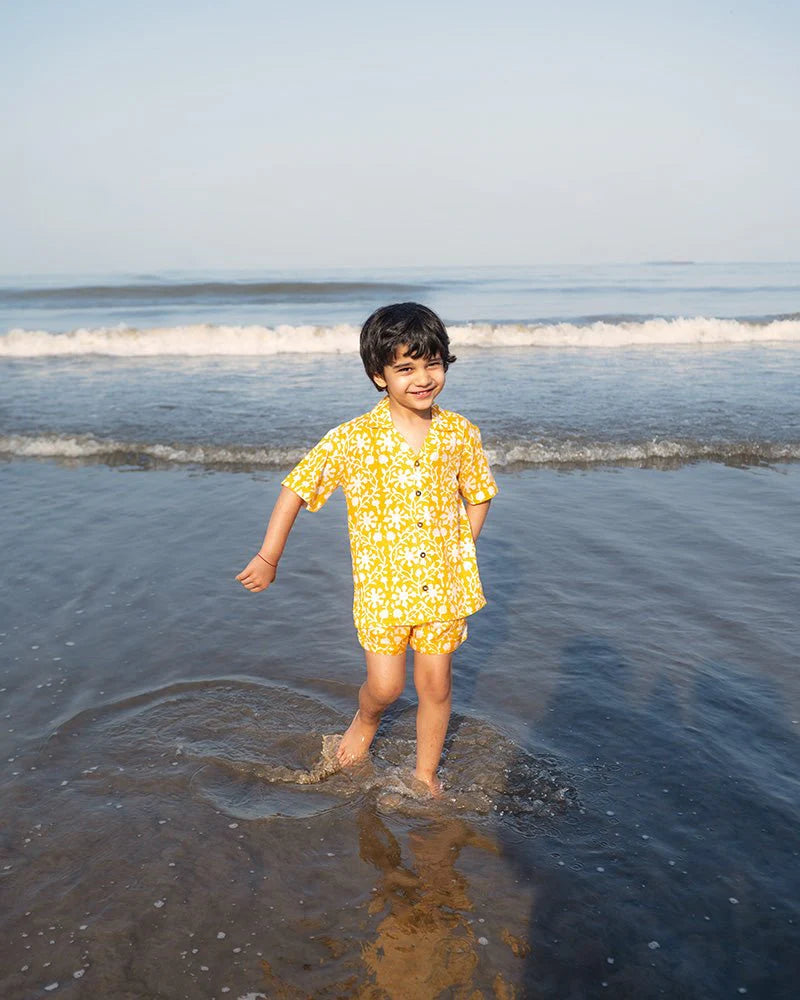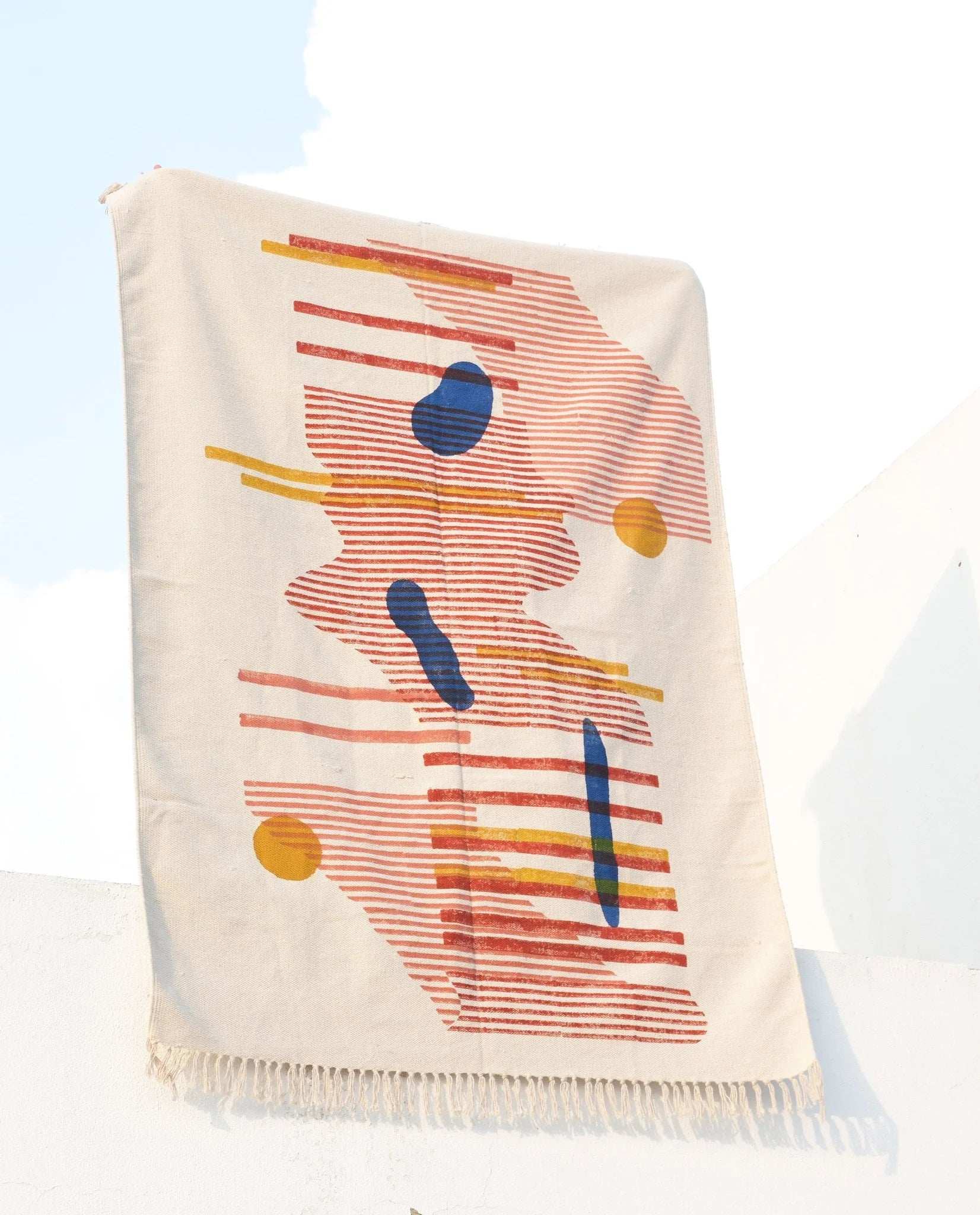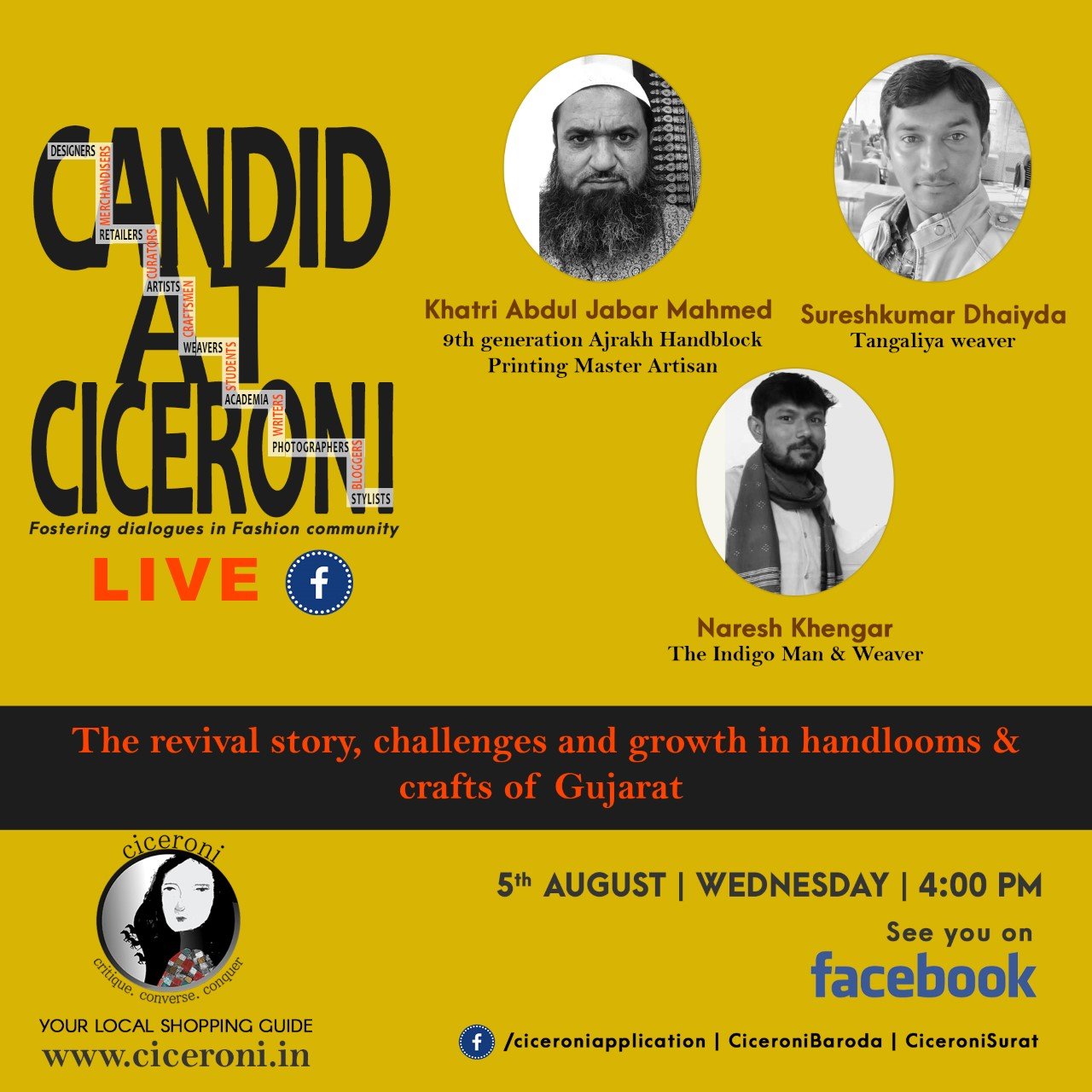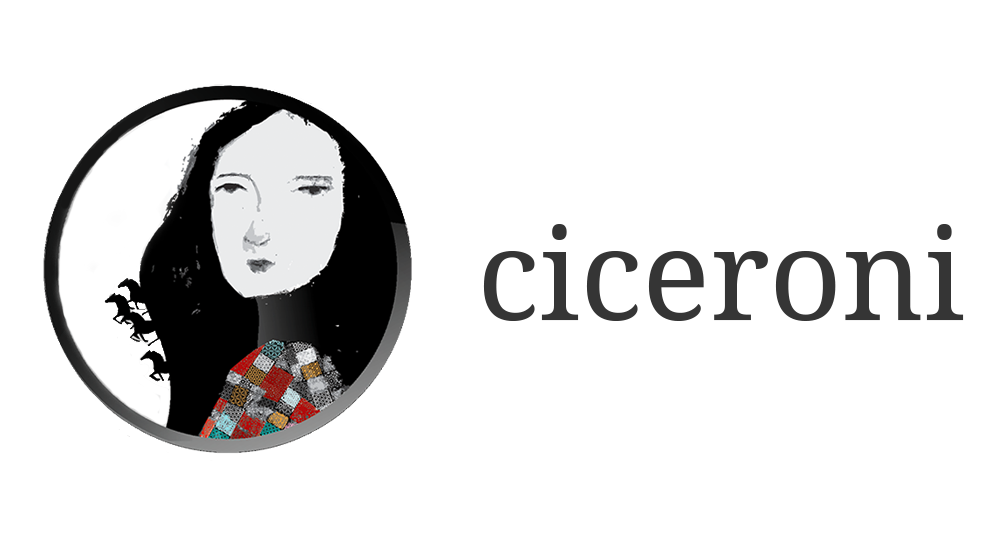India commemorates the National Handloom Day today. It is celebrated annually since 2016 to observe the Swadeshi Movement launched on 7th August 1905 in Calcutta to protest against the partition of Bengal by the British government. This day observance has been aimed at reviving local products, crafts, textiles and handlooms of India. It’s been over a century and we still have to iterate “Vocal for Local.”
What will genuinely make us go vocal for local? Will our country’s artisans and craftsmen be truly appreciated for what they create or will there be elite patronization? Will they be brought on the same platform as others, have fair pay and their own strong voice or will they still be represented by others ?
Only time will tell.
Perhaps, once again we are turning inward, trying to protect our boundaries, crafts and communities. Isn’t it? How do we make crafts and handlooms cool for the millennials, for they are the ones who will carry the baton forward ?
Ciceroni got in a conversation with Khatri Abdul Jabar Mahmed – 9th generation Ajrakh Handblock Printing Master Artisan, Sureshkumar Dhaiyda -Tangaliya Weaver and Naresh Khengar -The Indigo Man and Weaver from Bhujodi for its 44th Episode of CAC Live.
Collectively joining their family craft and working towards not just reviving but promoting their age-old craft, each one of them is proficient in their craft techniques. As a renowned weaver from Kutch who has a legacy of weaving and tie dye passed to him through generations, Naresh Khengar inculcated his skills from his father Manji Siju who belongs to a family of weavers, natural dyers and spinners based out of Bhujodi, Kutch.
Suresh Kumar Dhaiyda is adept in Tangaliya weave which is mainly practiced by the Vankar Community of Kutch since last 700 years.
Khatri Abdul Jabar Mahmed on the other hand, has successfully revived the dying traditional craft of Ajrakh hand block printing and has taken this craft to greater levels getting the craft recognized in the arts and craft world in India and overseas.
All of them today are involved with top design institutes of the country hosting workshops to impart their knowledge about these centuries old craft and weaving techniques to young students and seekers of cultural wisdom.
While most of you would have shopped these handwoven and handmade products at exhibitions and stores, how much do you know about these crafts?
Taking us back to where it all started, Abdul Jabbar said “It all dates back to 1635 and 1640 when our ancestors moved from Sindh to Kutch. The then King of Kutch invited craftsmen and skilled labourers from Sindh to settle down in Kutch to popularize the crafts. Our ancestors lived in a village named Dhamadka, and we mainly catered to the ethnic sub groups of Muslim cattle herders living in the desert part of Kutch. We made hand block printed natural dyed Ajrakh fabrics in a variety of designs for these communities in different block patterns such as Riyal, Mifudi, Gini, Champakali, Kharek, Pencho, Dubbi Riyal, Kan Kharek, Mohar, Galicha, Bodi Riyal, Rupye Por, Pinjro, Golado, Koyaro, Nasbi, Kakar etc. These block patterns were stamped with hand blocks and dyed in natural dyes for regular wear – mostly as Lungis, shoulder wraps and Turbans with indigo and madder being prominent colours. Slowly we shifted from natural dyes to chemical dyeing as Maldharis, our major customer base, found it expensive. It was only after the Kutch earthquake in 1956 when our natural indigo bed was destroyed. We then focused only on chemical dyes. But my father started reviving back natural dye in 1972-73. He was supported a lot of Gurjari during those days and thus began the whole task of getting back natural dyes in ajrakh block printing ”
Tangaliya weaving, also known as Daana weaving, is practiced in the villages of Surendranagar and Kutch district of Gujarat. Adding to the slow progress of this weave, Suresh Kumar adds “My family has always been practicing Tangaliya weave with traditional techniques. After doing job in companies for four years, I finally decided to join our family tradition of weaving. I was put off by the quality of fast life that came with job and it seemed purposeless. I found about Kala Raksha Academy and decided to do a course there. This education helped me understand the contemporary market and there I learnt to make new products like sarees, dupattas, shawls, stoles and a lot of other products in tangaliya weave. Earlier, we used to make only wrap skirts for Bharwad community. Through Kala Raksha a lot of buyers and oother NGOs have recognised our craft.”
The handloom weaving in Kutch is not an untold story. The weave is characterised by the extra weft techniques with motifs in the shape of triangles and circles inspired by the local landscape. Speaking of the weaving techniques, Naresh Khengar said “Our work mainly consists of weaving. But our ancestors always believed that weavers are also dyers as they know the yarn better. We have visitors and students from across the country and abroad who teach us different techniques and ideas to improve our work. We have always worked with the regular colours of indigo but today we have made adjustments to raw materials and colour palette like pastels keeping the strong identity of the motifs intact while remaining open to contemporary solutions.”
Times have changed and so has the fashion and handloom industry. Countless technological improvements have caused huge ramifications on the businesses of these craftsmen.
While some designers work with them for their A-list collections, some mass cloth manufacturers copy the original designs and get their businesses going. Collectively raising the issue, they said “We want that consumers identify what is original and what is fake. We have a major challenge from market where consumers opt for cheap replicas, artificially dyed, screen printed products of Ajrakh and even Tangaliya. To top it up, our own community sometimes gets in cut-throat competition and steals our designs and sells it at much cheaper rates”
“We face competition not just from the designers who do printing of Tangaliya and sell it off as Tangaliya, but also from our fellow community who choose to copy our designs. I generally don’t upload pictures of my design on Instagram or Facebook because I know those designs will be copied and sold at half the price. My whole family is involved in making this one piece of garment and it is unfair on our hard work” laments Suresh Vankar on the challenges he personally faces in today’s time.
Agreeing to the onslaught of cheap replicas and entry of traders and bulk manufacturers, Abdul Jabbar adds “ There are products being sold as semi natural dyed ajrakh products. I fail to understand what is semi natural dyed. We spend a lot of time in creating natural dyed ajrakh products. The process typically takes 21-24 days however screen printed ajrakh in similar artificial colours will be ready in 2 hours. Thus obviously there will be a cost difference. Customers need to understand what are they buying. If it is original naturally dyed ajrakh hand block print, you will notice that on the outerside, there might be disjointed blocks somewhere, a natural flaw due to hand block printing. On the inner side, you will find similar pattern of blocks but they will be light or dark at different places again due to pressure of hand block printing. If it is screen printing, you will find even pattern. To understand naturally dyed or not, you will find it through its smell. Naturally dyed products will smell different as compared to chemically dyed products”.
On how to identify a Tangaliya weave, Suresh remarks “ Tangaliya dots of extra weft are twisted within the warp to give an effect of woven dots. In an original tangaliya, you will find the dot even on both sides. Currently, lot of weavers in our community are weaving only on outer side to make it economical. The sarees I sell for Rs.8000 will have atleast 4000 dots in it, but there are weavers who are selling sarees at Rs.4000 with only 2000 dots. Consumers should know of this difference when they buy from either weaver or any designer.”
This is just a scratch on the top of the surface of actual issues faced by crafts and handloom artisans of Gujarat.
But the ray of hope lies in the fact that all these artisans and craftsmen are embracing technology like never before. Unanimously, all of them agreed on the importance of social media, mobile phones and internet and how it has opened a whole new world for them. Now they can get connected to the customers directly, work with designers from distance and develop products that are exciting for urban consumers while maintaining their traditional craft.
With campaigns like Vocal for Local and the new found love for all things Indian among the urban consumer, we have a hope that the future is bright for the craft.

